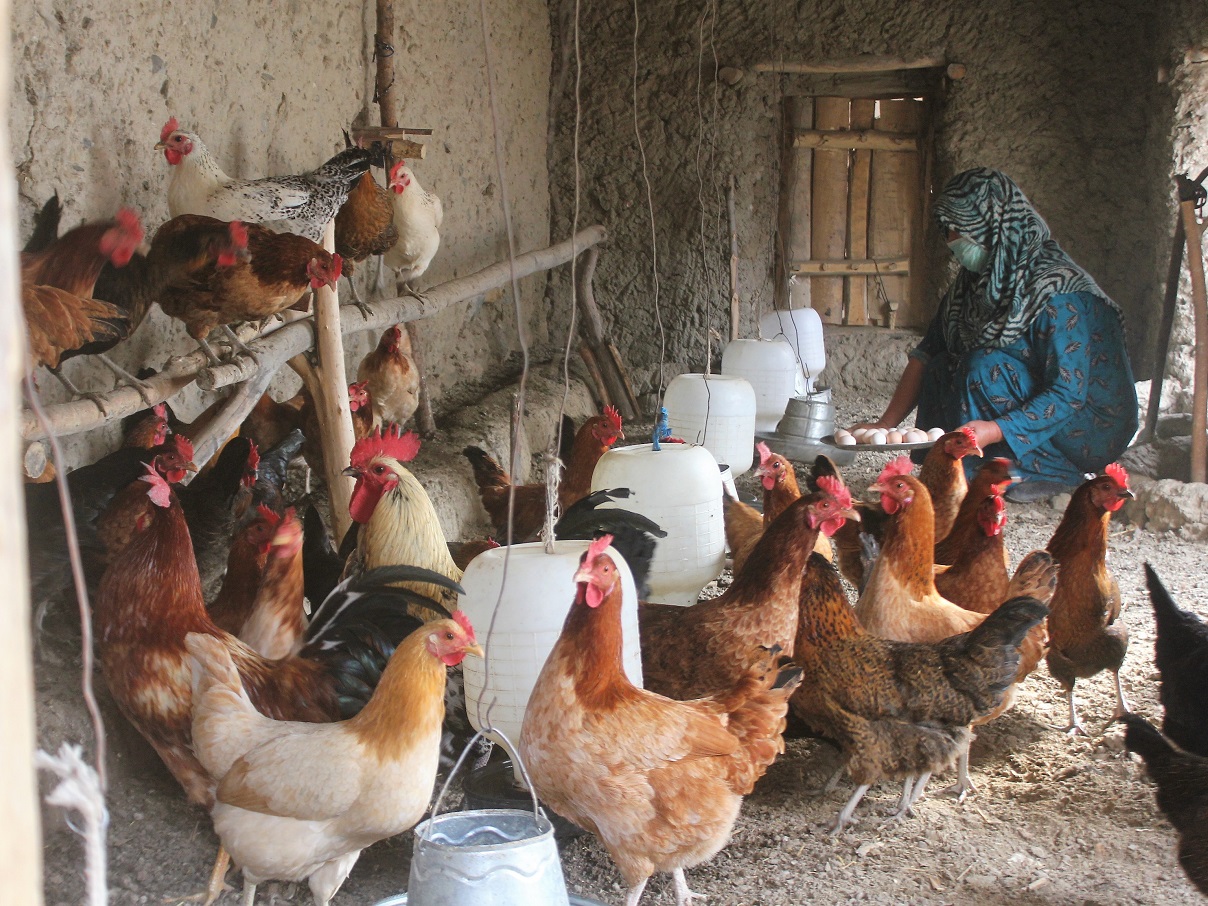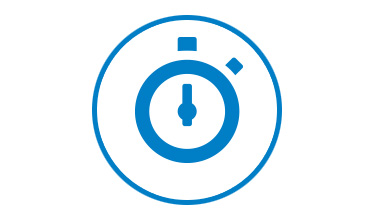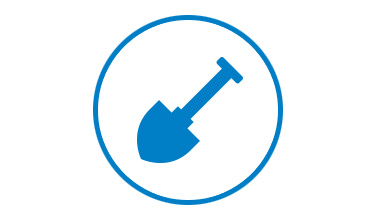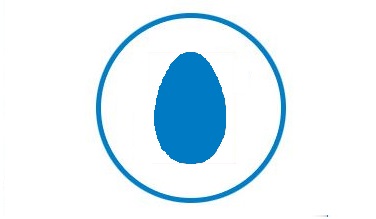Hand in Hand doubles work with returnees in Afghanistan
22 Jan 2019

Two provinces, 2,250 members, 56,250 chickens and more than 8 million eggs a year. Hand in Hand’s work with returnees and displaced people in Afghanistan is growing exponentially thanks to a third round of funding from Deutsche Gesellschaft für Internationale Zusammenarbeit (GIZ), the German government’s development agency.
Launching this month in Herat and Bamyan provinces, the 18-month project will train 2,145 returnees and 105 internally displaced people (IDPs) – many fleeing Taliban violence, droughts and famine – to work their way towards a prosperous future in Afghanistan’s growing poultry value chain.
The project follows two others funded by GIZ, both targeting displaced Afghans, the last of which concluded in December 2018.
From refugees to returnees
More than 700,000 Afghan refugees returned to the country from Iran and Pakistan in 2018 – the equivalent, in this relatively small country, of almost the entire population of New York City arriving in the US. But even they are only a fraction of the nearly 4.5 million returnees and IDPs forced to relocate in Afghanistan in recent years, commensurate with the population of California.
Few will have been back to Afghanistan since leaving, lacking family and friends to help them get back on their feet. Thousands will have never set foot in the country at all. And despite receiving small cash grants to support their resettlement, 75 percent will be destitute within three months, drained by the urgent need for food, shelter and transportation, according to the UN.
For women, especially young ones, the challenges are even greater. Restricted mobility, hostile markets and other cultural barriers make earning a living virtually impossible. In Herat Province, for example, only 13 percent of women are involved in any income-generating work.
The role of poultry
If the pilot programme proved it, last year’s full-scale project confirmed it: Afghanistan’s poultry value chain is ideal for returnees and IDPs. Skills are easily learned. Incomes, compared to other rural sectors, are high. And increases are quickly realised. The average beneficiary in last year’s project earned a monthly net income of 1,771 AFN (US $23.50) within one year, in many cases starting from zero.
For members with restricted mobility, the benefits don’t end there. Poultry farms can be run from entrepreneurs’ own households. At the same time, nutrition and food security improve – a matter of particular interest to those responsible for childcare.
What we’ve learned so far
With the pilot and 2018’s project behind us, this year’s project promises to be our most successful yet. Improvements based on previous lessons learnt include:
- Improved metrics for assessing need. For the first time, we’ll prioritise widows, female-headed households and disabled people.
- New training on traditional hatching methods and nutrition, including the proven benefits of eggs to infant and maternal health.
- Underground cooling rooms that are easier to maintain and more accessible than previous cooling technology.
Sustainability
Sustainability is fundamental to Hand in Hand and GIZ’s work. That’s why Hand in Hand is forming six member-led poultry associations, comprising approximately 375 members each, to help our members achieve economies of scale and access larger markets and value chains.
The project also prioritises environmental sustainability by using solar-powered coolers and promoting eco-friendly practices such as using chicken faeces as fertiliser.
By the numbers

18 months

2,250 jobs

